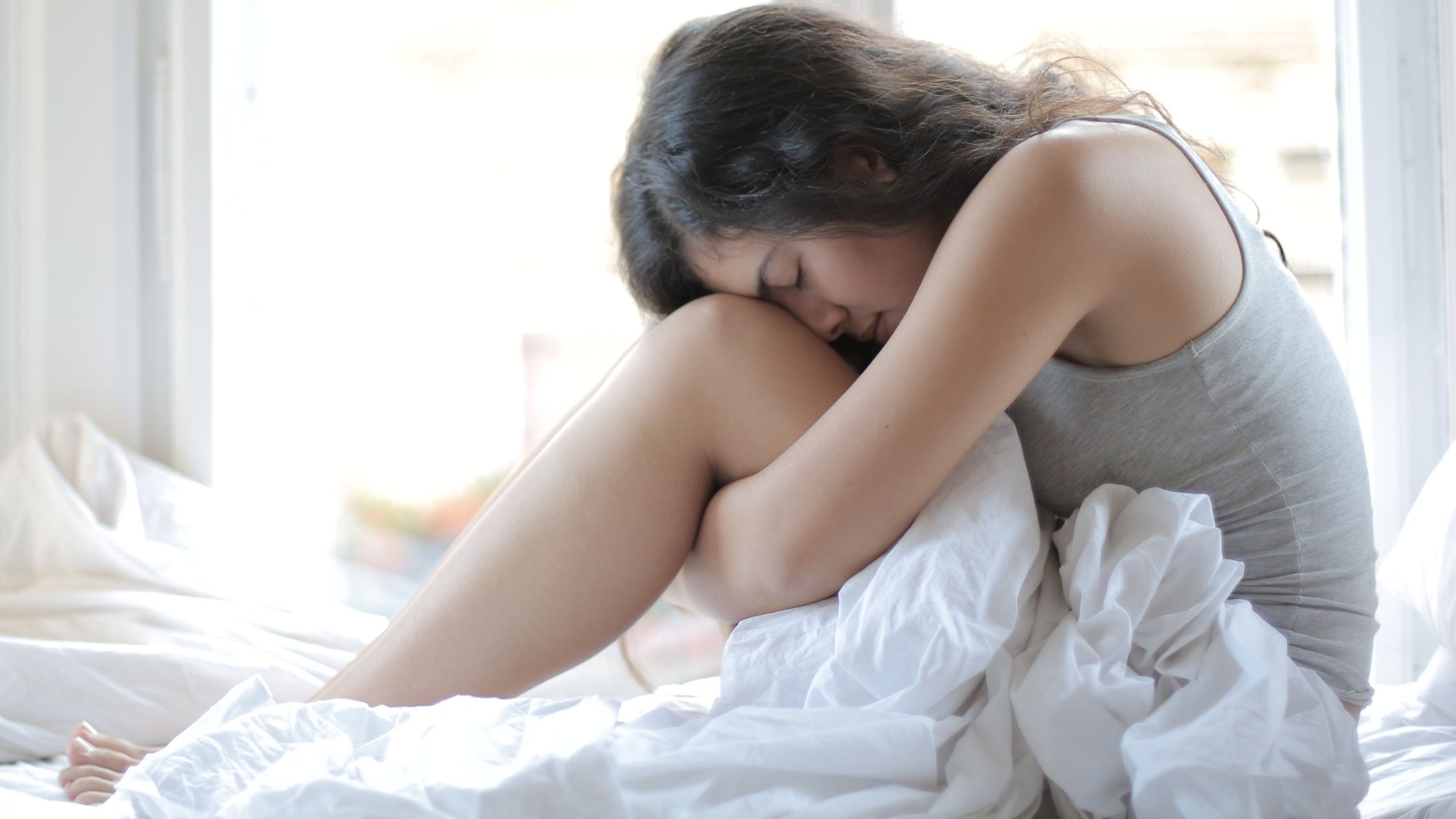Breast pain, often called ‘cyclic mastalgia,’ is a symptom many women experience around their menstrual cycle. But did you know that while this pain is commonly associated with menstruation, your breasts may also hurt during ovulation?
As a result, your breasts seem fuller, heavier, tender to the touch, swollen, and just plain uncomfortable.
If you notice breast tenderness and sore nipples around the midpoint of your period, it could be an indicator of ovulation.
Let’s dig deeper and clarify the link between ovulation and breast soreness, examine the possible symptoms you could experience, and discuss the duration you might expect these symptoms to persist throughout your menstrual cycle.
What is Ovulation?
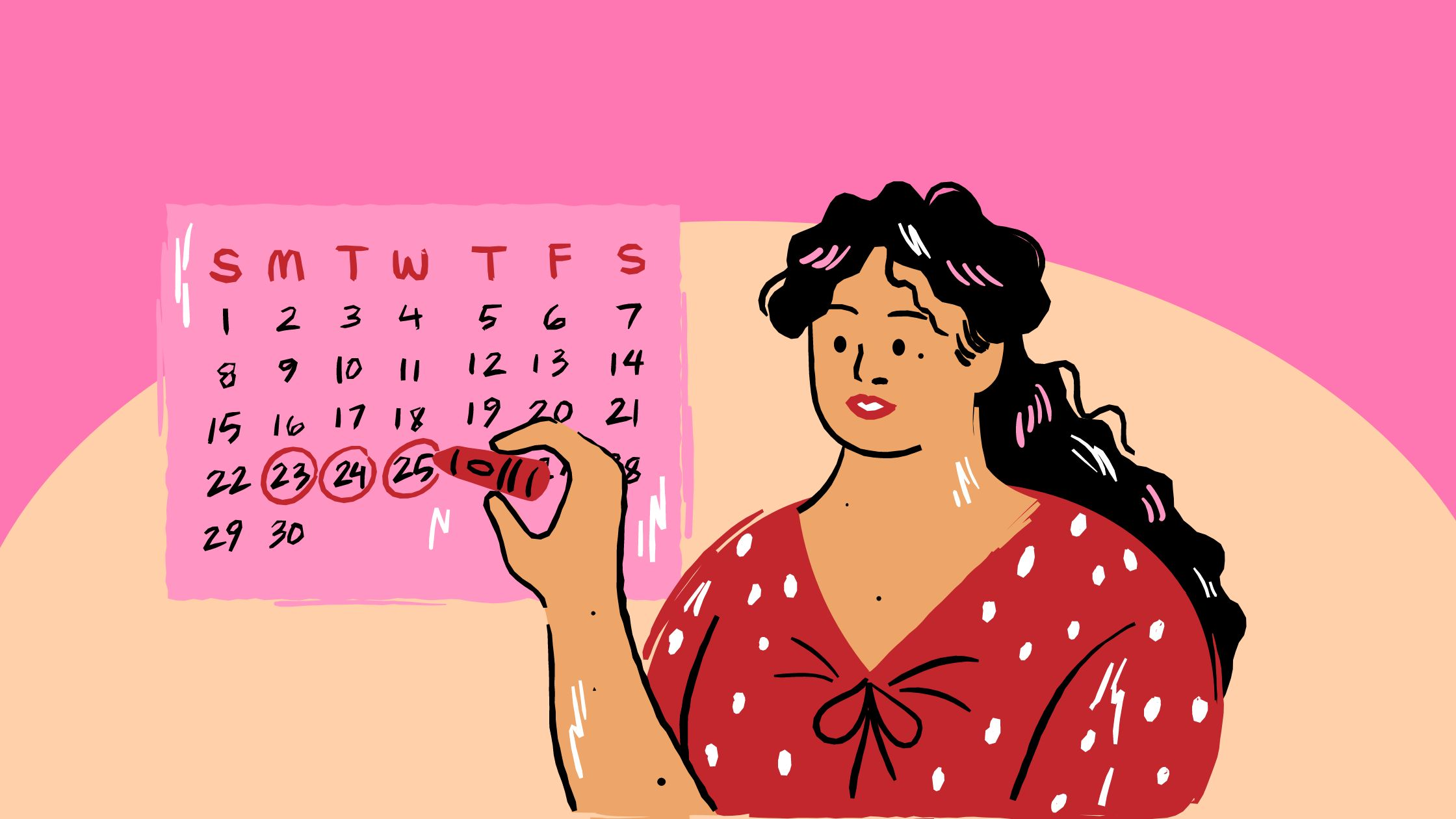
Ovulation occurs approximately 14 days before menstruation during the middle of the menstrual cycle. You are most likely to conceive in the few days leading up to and including the day of ovulation, as each cycle is commonly associated with a 6-day fertility window. The fertility window considers the lifespan of sperm, around 5 days, and the egg’s lifespan, which is about 24 hours. Therefore, your chances of getting pregnant are the highest when you’re ovulating.
During ovulation, the ovarian follicle releases a mature egg. This egg then begins a journey from the ovary to the fallopian tube and ultimately to the uterus. If fertilization occurs, pregnancy commences; otherwise, the egg survives for only 24 hours before continuing the next menstrual cycle.
Multiple fertility hormones drive the process of ovulation. These comprise follicle-stimulating hormone (FSH), estrogen, luteinizing hormone (LH), and progesterone. Each plays a crucial role in facilitating ovulation.
What Are Some Common Symptoms Of Ovulation?
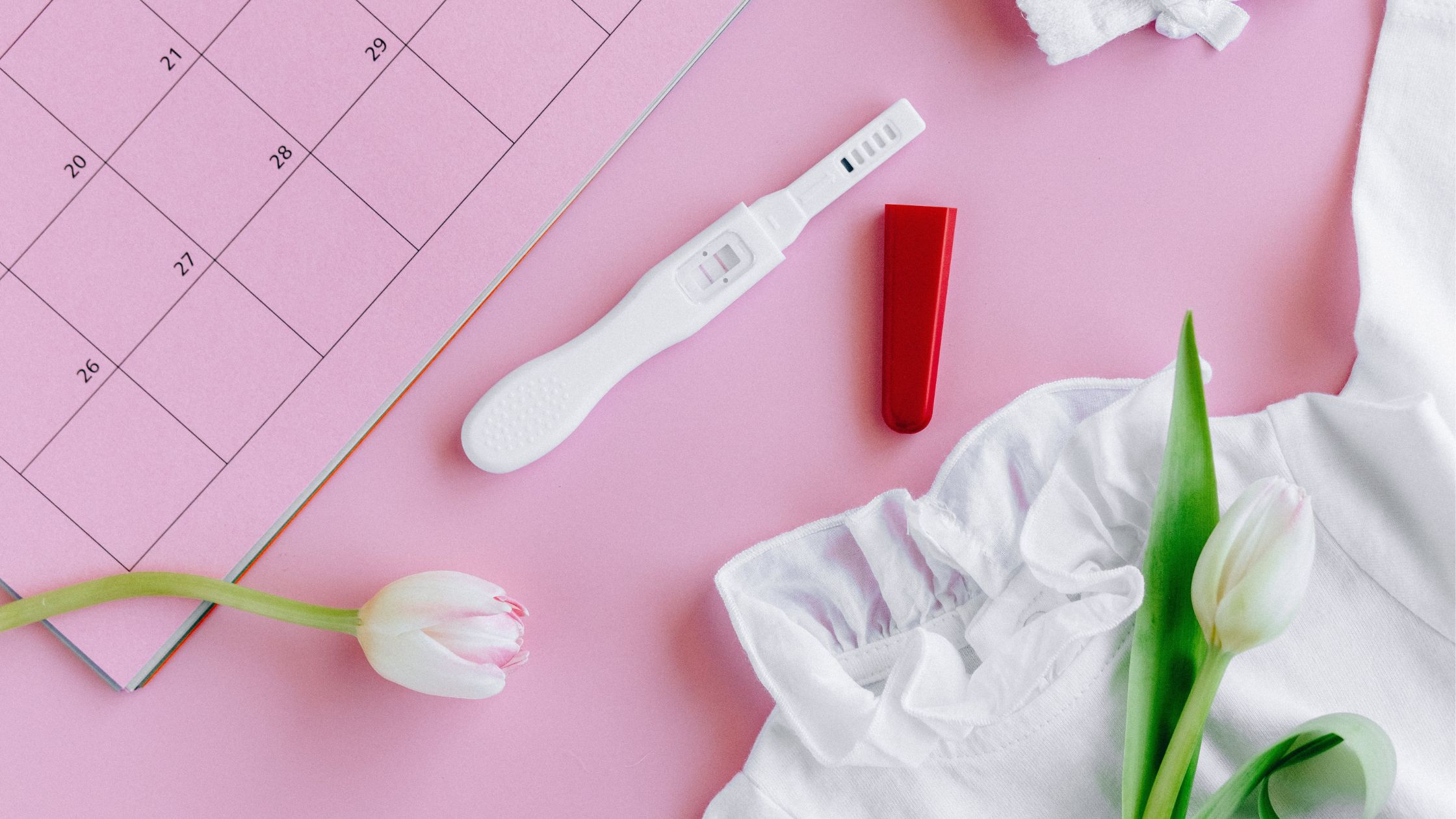
Hormone fluctuations riddle your menstrual cycle at different stages. These hormonal ups and downs can bring symptoms that pop up at various times throughout the month. The severity of these symptoms, if you experience them at all, comes down to how sensitive your body is to these hormonal changes.
Here are some common signs and symptoms you might encounter during ovulation.
Ovulation Pain
Ovulation pain, also known as mittelschmerz, is one of ovulation symptoms. This pain is usually a sharp, sudden pain on one side of the lower abdomen. The pain can last anywhere from a few minutes to 48 hours. While it can be unsettling, ovulation pain is generally harmless and is considered a natural part of the ovulation process.
Breast Pain
Breast pain can also be related to ovulation. When ovulation happens, the body increases its production of estrogen and progesterone. These hormones can cause swollen breasts, which can become tender and painful to touch. Like ovulation pain, this discomfort is temporary and subsides as hormone levels decrease towards the end of the cycle.
Cervical Mucus Changes
As ovulation nears, estrogen levels rise, leading to an increase in the cervical fluid that is clear and stretchy, similar to ‘egg whites.’ This mucus, which is alkaline in nature, facilitates the movement of sperm for fertilization by providing a conducive environment for its survival.
After ovulation, the progesterone levels rise, which causes the cervical mucus to become thicker and stickier, helping to block additional sperm and bacteria from reaching the uterus.
These cervical mucus changes are a part of the natural menstrual cycle and can indicate fertility levels.
Rise in Basal Body Temperature
Basal body temperature refers to the body’s lowest resting temperature, typically measured immediately after waking up, before any physical activity. Before ovulation, normal basal body temperature typically ranges between 97.2 and 97.6 degrees Fahrenheit.
However, in the 24 to 48 hours after ovulation, due to the release of the hormone progesterone, your basal body temperature typically increases by about 0.4 to 1.0 degrees and remains elevated until the onset of the next period.
This sustained increase in basal body temperature is a physiological response to facilitate a potential pregnancy and can be a reliable indicator of ovulation if tracked accurately.
Increased Sexual Desire
Sexual desire or libido can also serve as an indicator of ovulation. A surge of estrogen and testosterone around ovulation causes increased sexual desire.
Estrogen, peaking during the fertile window, is known to boost libido by stimulating the release of endorphins, the body’s natural mood elevators. While commonly regarded as a male hormone, testosterone also spikes during ovulation and plays a crucial role in female sexual desire.
Along with the heightened sexual desire, you may also feel energized, happy, and lively. This natural upswing in libido is part of the body’s natural mechanism to increase the chances of conception during period of highest fertility.
Types And Causes Of Breast Pain
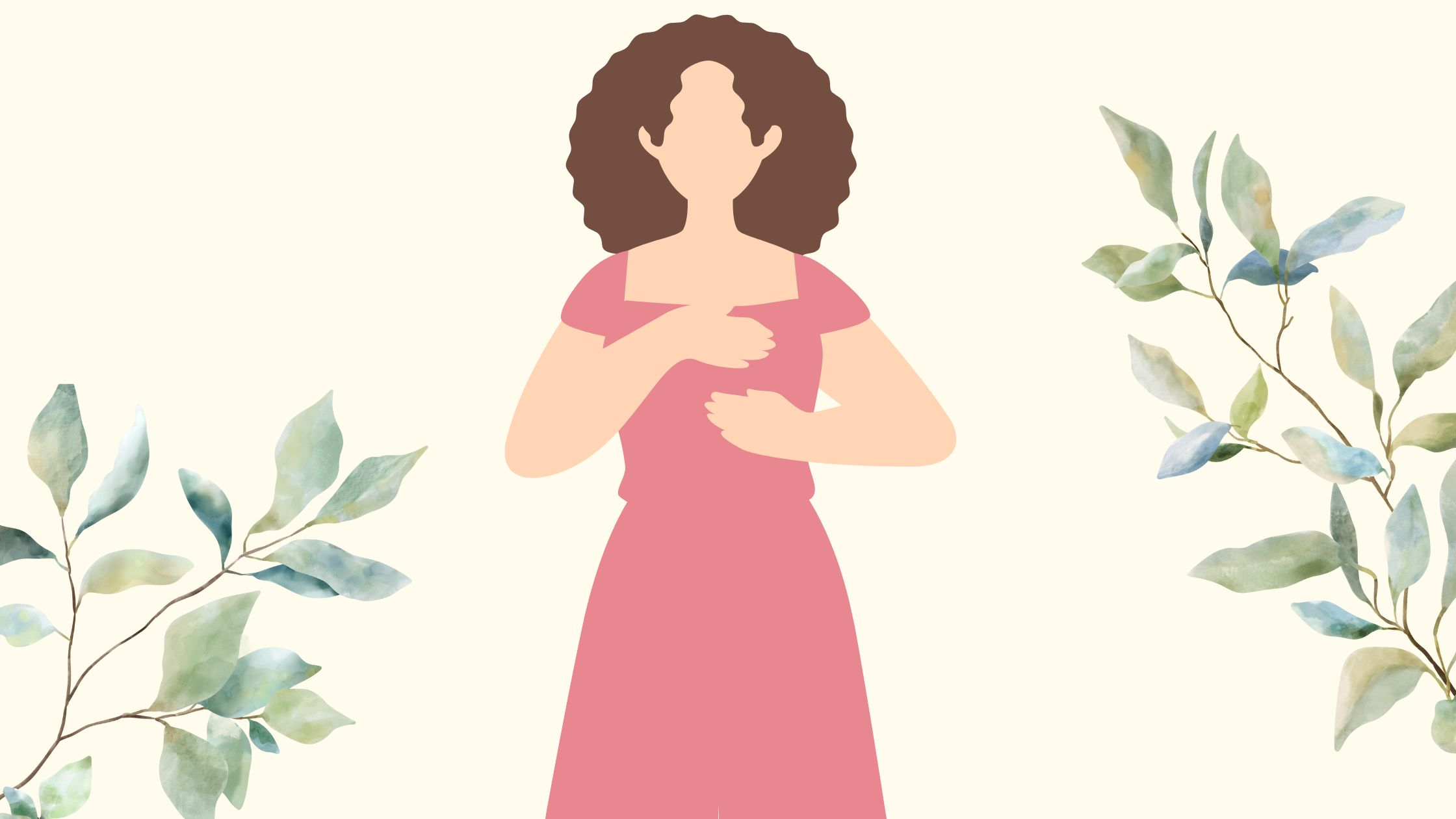
Breast pain or mastalgia can be classified into two major categories: cyclical and non-cyclical.
Cyclic Mastalgia
Cyclic mastalgia refers to the breast pain associated with the menstrual cycle. It typically begins about a week or two before the start of the menstrual period, coinciding with ovulation, and tends to ease up after menstruation starts. The pain is often described as:
- dull or aching pain in the breasts
- swollen and heavy breasts
- Painful and sore nipples
- tenderness and lumpiness in breasts
- Breast sensitivity
- Sensitivity in and around the underarms
The cause of cyclical breast pain is believed to be due to hormonal fluctuations, particularly changes in estrogen and progesterone levels. These hormones can cause the breast tissue to swell and become tender, leading to discomfort or pain.
It’s important to note that while breast pain from cyclic mastalgia can be unpleasant, it is generally not a cause for concern and is not usually associated with breast disease. However, if the pain is severe or persistent, it’s essential to consult with a healthcare provider to rule out any other potential conditions.
Non-Cyclic Mastalgia
Non-cyclic mastalgia refers to breast or nipple pain that does not follow the menstrual cycle patterns. Unlike cyclic mastalgia, the pain is often unilateral, occurring in one breast, and can be localized to a specific area. The onset of non-cyclic mastalgia can happen at anytime and is not tied to hormonal fluctuations.
Causes of non-cyclic mastalgia can vary, including factors such as breast trauma, infections, cysts, tumors, or certain medications.
If non-cyclic breast pain persists, seeking medical help to diagnose and treat any potential underlying conditions is critical.
Do Breasts Hurt During Ovulation?

According to a study published in the Journal of Women’s Health, mastalgia is a common symptom experienced by women, with over half reporting some degree of breast and nipple pain throughout their menstrual cycle. Specifically, the study noted that many women reported experiencing heightened breast pain during ovulation.
However, the American Pregnancy Association lists breast tenderness as a secondary symptom of ovulation, which means that while some women may experience this symptom, it is not as common as the primary symptoms of ovulation (such as changes in cervical mucus, cervical positioning, and basal body temperature).
Even though many women experience breast pain during ovulation, the experience and intensity of this pain can vary from mild discomfort to severe pain.
How Long Does Breast Pain Last During Ovulation?
The duration of breast pain during ovulation can vary significantly among different women. It may start a few days before ovulation and continue until the start of their next menstrual period, lasting for two weeks or longer in some cases. However, the pain tends to decrease for many women after ovulation and disappears completely once their period begins.
Other Causes Of Breast Pain
There are multiple reasons for breast pain, including:
- Pregnancy: Breast pain is one of the common early pregnancy symptoms. The body undergoes several changes during pregnancy, some of which can trigger breast swelling and tenderness. These symptoms may appear as early as the first week of pregnancy and then subsides after a few weeks.
- Breastfeeding: Breastfeeding, especially for first-time moms, is a double-edged sword. It’s a beautiful bonding experience but can also lead to nipple pain and soreness.
- If the pain persists, it might be a sign of infection, like mastitis. This condition has a trifecta of symptoms – breast pain, inflammation, and fever. If you experience these, visiting your doctor will help diagnose and treat the issue.
- Fibrocystic breasts, breast cysts, and fibroadenomas:Fibrocystic breasts are characterized by lumpiness and discomfort in one or both breasts. Fibrocystic breasts can cause pain that fluctuates with your period, often peaking during ovulation.Similarly, breast cysts (fluid-filled sacs within the breast tissue) can cause discomfort, with their size and tenderness often increasing in the days preceding the menstrual period.Fibroadenomas (noncancerous solid breast lumps) can also induce pain, particularly if they are substantial in size or close to the skin or nipple.
- Skin Disorders: Certain skin conditions, for example, eczema, may cause the skin on the breasts to dry out and subsequently result in sores.
- Other Factors: Wearing incorrectly sized bras, muscle pain, injury to the nipple or breast, and consuming specific medications like diuretics can also result in sensitive nipples and tender breasts.
- Cancer: Although very rare, breast pain could be a symptom of breast cancer. Look for signs such as lumps in the breast or underarm area, swelling, skin irritation, unusual nipple discharge, and nipple inversion.
Treatments For Sore Breasts During Ovulation
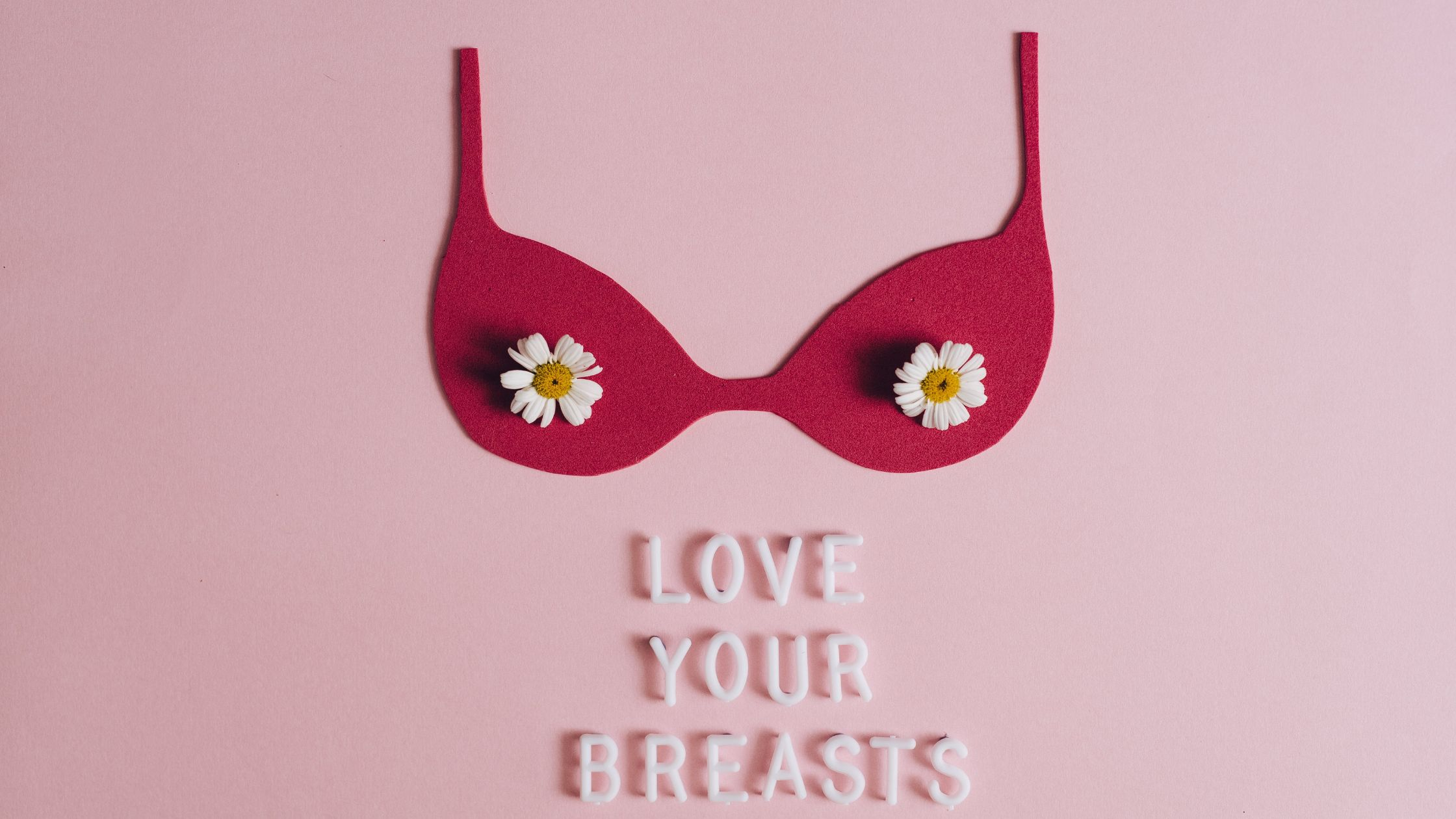
There are several ways to alleviate the discomfort associated with sore breasts during ovulation.
- Over-the-counter pain medication: Non-prescription pain relievers such as ibuprofen can help to reduce swelling and discomfort.
- Wearing a supportive bra: A well-fitted bra can provide comfort and support, reducing pain caused by movement.
- Applying heat or cold compresses: Alternating between hot and cold compresses can help to ease breast pain.
- Avoiding caffeine and limiting salt: Some women find relief from breast pain when they reduce their caffeine intake or consume less salt.
- Regular exercise: Some studies suggest that regular exercise can help reduce cyclical breast pain.
- Visit a doctor: If the pain persists, seeing a doctor and discussing your symptoms in detail is wise.
Takeaway
- Mastalgia, or breast pain, could indicate ovulation. However, other factors might also cause pain.
- If your breast pain and sore nipples disrupt your daily activities, your doctor could prescribe medication for pain relief and hormonal control.
- Consult with your doctor if the discomfort is excessive and continues after your menstrual cycle.
References:
Cappelletti, M., & Wallen, K. (2016). Increasing women’s sexual desire: The comparative effectiveness of estrogens and androgens. Hormones and behavior, 78, 178. doi.org/10.1016/j.yhbeh.2015.11.003Geneva, I. I., Cuzzo, B., Fazili, T., & Javaid, W. (2019). Normal Body Temperature: A Systematic Review. Open Forum Infectious Diseases, 6(4). doi.org/10.1093/ofid/ofz032Tahir MT, Shamsudeen S. Mastalgia. [Updated 2022 Nov 1]. In: StatPearls [Internet]. Treasure Island (FL): StatPearls Publishing; 2023 Jan-. Available from: https://www.ncbi.nlm.nih.gov/books/NBK562195/Maddox, P. R., Harrison, B. J., Mansel, R. E., & Hughes, L. E. (1989). Non-cyclical mastalgia: an improved classification and treatment. The British journal of surgery, 76(9), 901–904. doi.org/10.1002/bjs.1800760909Mansel, R. E., Das, T., Baggs, G. E., Noss, M. J., Jennings, W. P., Cohen, J., Portman, D., Cohen, M., & Voss, A. C. (2018). A Randomized Controlled Multicenter Trial of an Investigational Liquid Nutritional Formula in Women with Cyclic Breast Pain Associated with Fibrocystic Breast Changes. Journal of women's health (2002), 27(3), 333–340. doi.org/10.1089/jwh.2017.6406Su, W., Yi, C., Wei, Y., Chang, C., & Cheng, M. (2017). Detection of ovulation, a review of currently available methods. Bioengineering & Translational Medicine, 2(3), 238-246. doi.org/10.1002/btm2.10058Mayo Clinic. (n.d.). Mittelschmerz. Dec. 17, 2022, from https://www.mayoclinic.org/diseases-conditions/mittelschmerz/symptoms-causes/syc-20375122The American Pregnancy Association. (n.d).Ovulation Symptoms – Am I Ovulating? Retrieved July, 2023. https://americanpregnancy.org/getting-pregnant/infertility/signs-of-ovulation/
